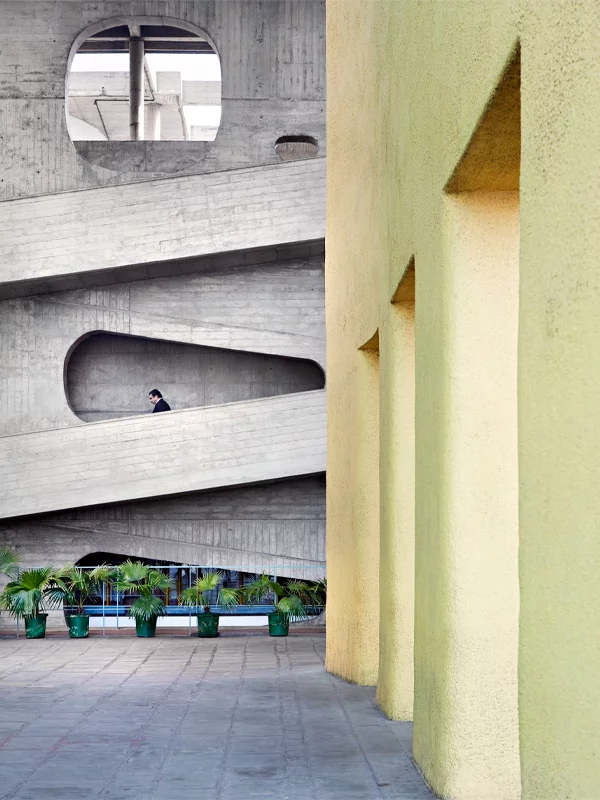Le Corbusier has created an enduring legacy with his remarkable lifetime body of work, challenging conventional norms and paving the way for a new era of modern architecture. Let’s take a closer look at some of his most notable works, found in various locations around the globe.
The renowned architect Le Corbusier.
century.
Trained first as an engraver, Le Corbusier shifted his focus to architecture after traveling through Europe, which prompted him to rethink urban and residential environments.
In 1923, he turned away from traditional architectural styles and experimented with pure, geometric shapes. He articulated “the five principles of modern architecture,” which include: pilotis, roof garden, independent design of the ground plan, independent design of the façade, and long horizontal windows.
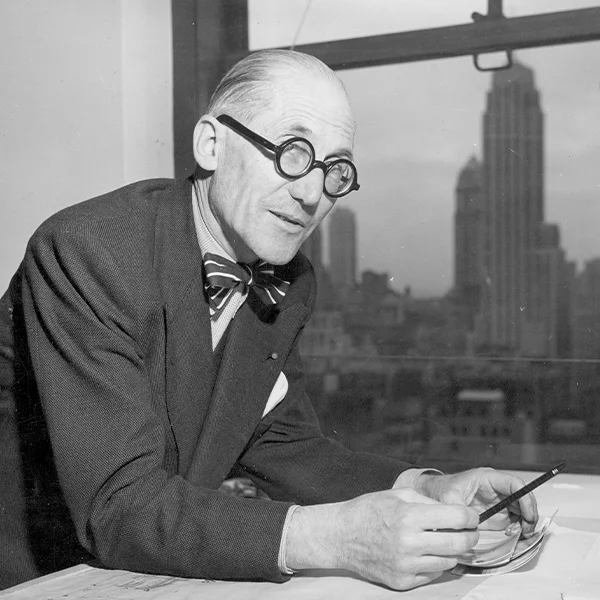
Regardless of the intense debates his theories on modern architecture provoked, his association with authoritarian regimes during World War II still evokes controversy regarding his moral accountability.
Le Corbusier’s iconic works
Villa Savoye (Poissy, France)
Built in Poissy between 1928 and 1931, Villa Savoye is a concrete expression of the “five points of modern architecture.” Built on pilotis, with an open floor plan and façade design, it harmoniously integrates interior and exterior spaces. For a long time, it was threatened with destruction, but it was saved by André Malraux and designated as a historic landmark in 1965. Following restoration work, the villa (along with its gatehouse), a model for minimalist housing, was designated as a UNESCO World Heritage Site, a testament to the lasting impact of Le Corbusier’s innovative design.
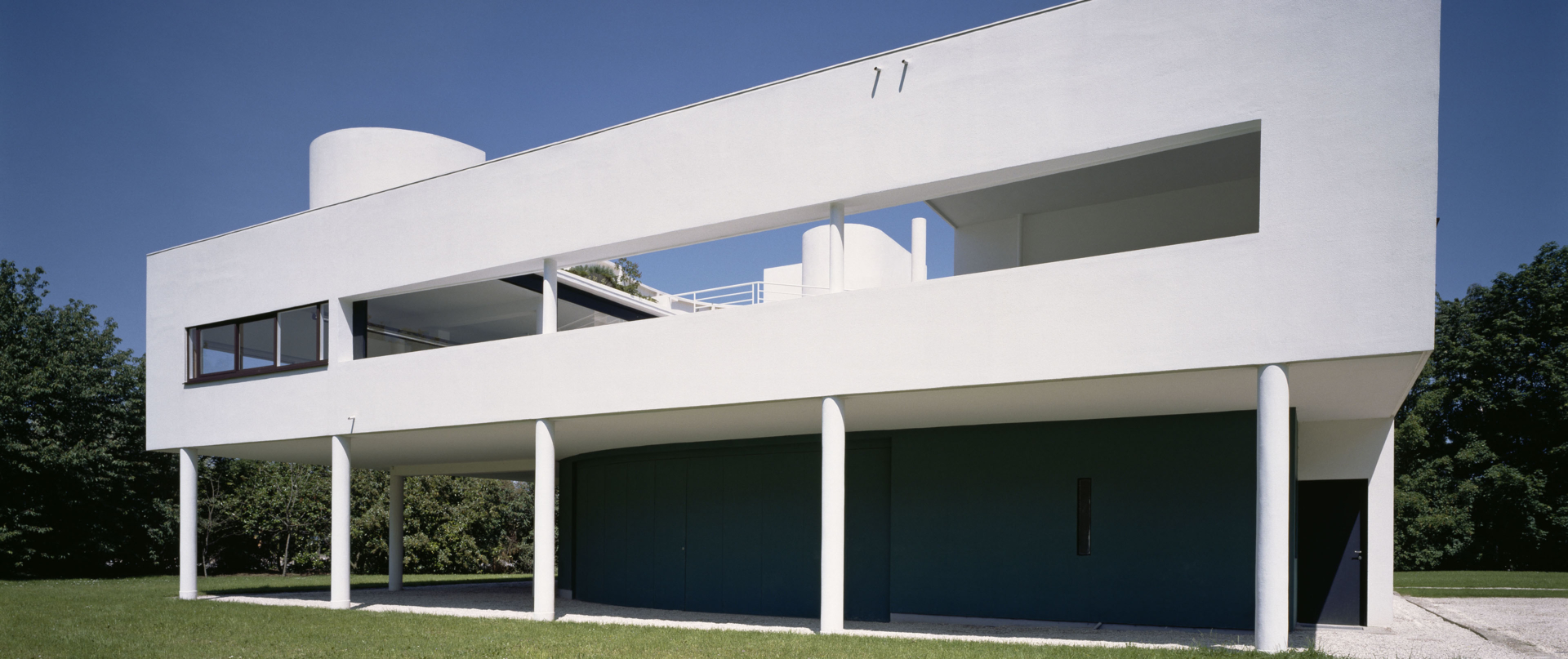
villa-savoye.fr
Unité d’Habitation (Marseille, France)
In the 1930s, the architects of the Brussels World’s Fair attempted, but ultimately failed, to implement the idea of a vertical city. This concept envisioned a densely populated neighborhood rising up from the ground, where people could live and work. Le Corbusier, a renowned architect, was fascinated by this idea and would later implement it in his Unité d’Habitation project. This housing complex in Marseille, completed in 1952, was a pioneering achievement in modern residential architecture. Within the complex’s 337 apartments, Le Corbusier integrated various community facilities, including shops, a kindergarten, a gym, and an internal street that was suspended in mid-air. By providing a comprehensive living environment, Le Corbusier aimed to reduce the need for travel and foster social interaction among residents. The building’s design effectively maximized space and natural light, incorporating carefully chosen elements of bright color. In his own words, “architecture is the skilful, correct and magnificent interplay of forms assembled in light.”
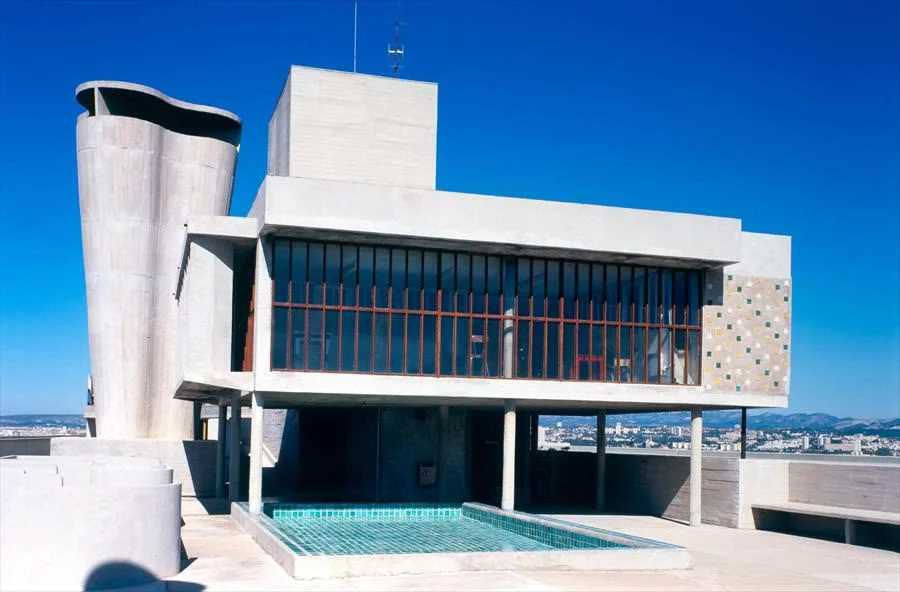
citeradieuse-marseille.com
Chapelle Notre-Dame-du-Haut (Ronchamp, France)
The entire hill where the chapel is situated is currently being renovated, but remains partially accessible to tourists.
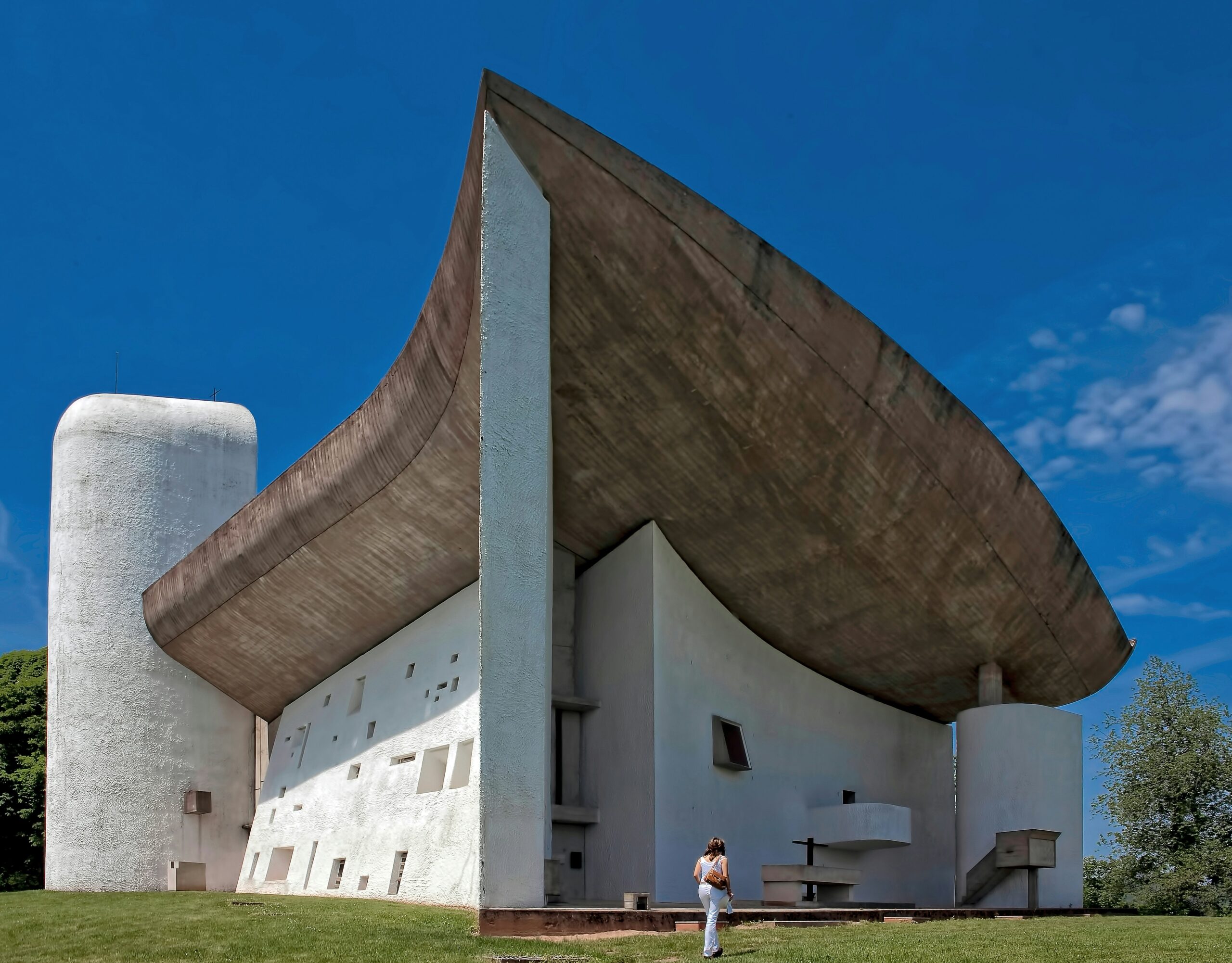
collinenotredameduhaut.com
Sainte-Marie de la Tourette Convent (Évreux, France)
This convent, commissioned as a training facility for young Dominican monks, features a massive central cloister, minimalist living quarters, a church, and study areas. Characterized by sharp, geometric lines, the building was designed by Le Corbusier to foster a meditative and austere atmosphere. Despite generating controversy, this 1960 Brutalist landmark remains the residence of a small Dominican community.
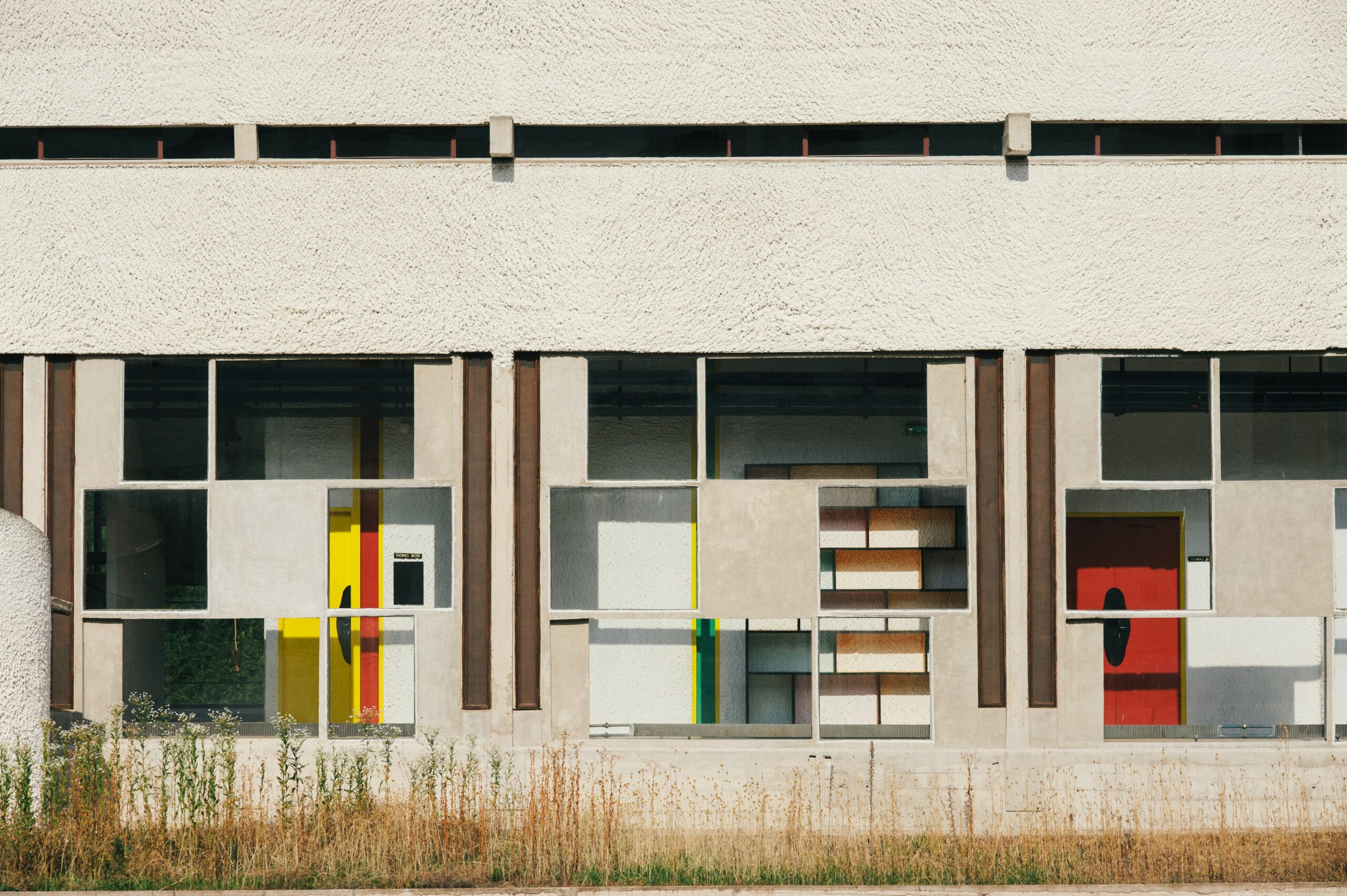
couventdelatourette.fr
Chandigarh, India
A symbol of India’s post-independence drive towards modernity, Chandigarh is meant to be both a social ideal and a beautiful example of urban planning. Le Corbusier, its main designer, departed from the conventional vertical profile of traditional housing and instead adopted a horizontal design. The buildings in this city are separate, open houses that bring the outdoors and nature into their midst. With its straightforward lines, geometric shapes and liberal use of raw concrete, the Capitol Complex is the city’s central and most iconic landmark. It embodies the Open Hand Monument, which represents a city “open to receive the wealth created… open to distribute it to its people…”
